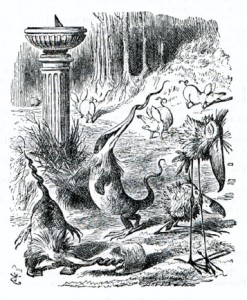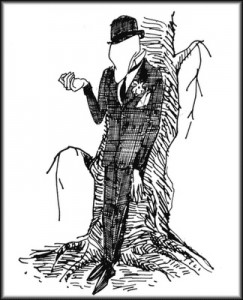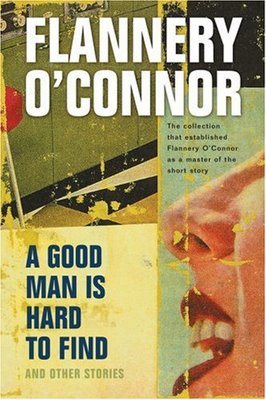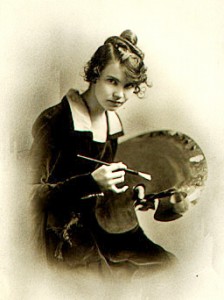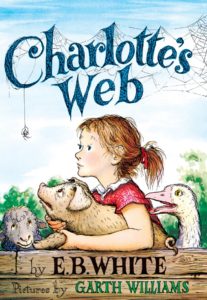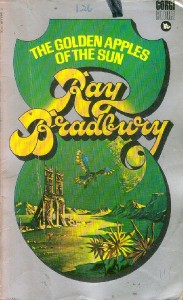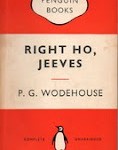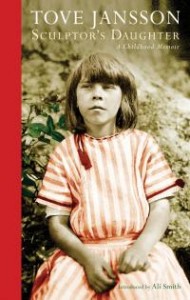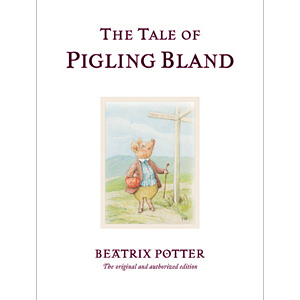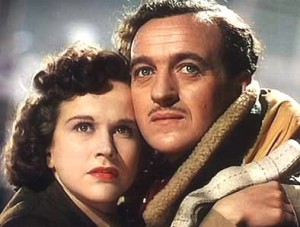5 Perfect Endings
Saturday, July 10th, 2021A great final sentence can offer hope, provoke a smile or trigger a shiver. At its best, it encapsulates the whole literary work. Where are these great last lines from?
“It is not often that someone comes along who is a true friend and a good writer – Charlotte was both.“ (children’s novel)
“Overhead, without any fuss, the stars were going out.” (short story)
“He found his supper waiting for him – and it was still hot.” (picture book)
“All mimsy were the borogroves, and the mome raths outgrabe.” (poem)
“From so simple a beginning endless forms most beautiful and most wonderful have been, and are being evolved.” (non-fiction)
“It is a far, far better thing that I do, than I have ever done; it is a far, far better rest that I go to than I have ever known.” (adult novel)
